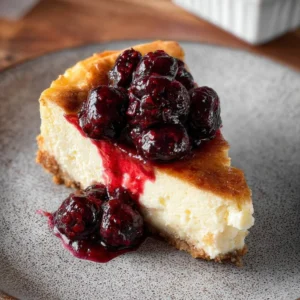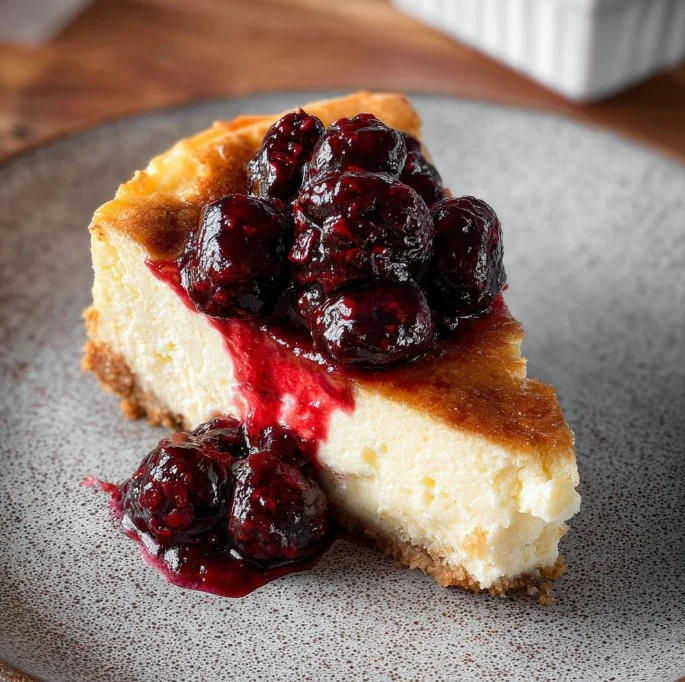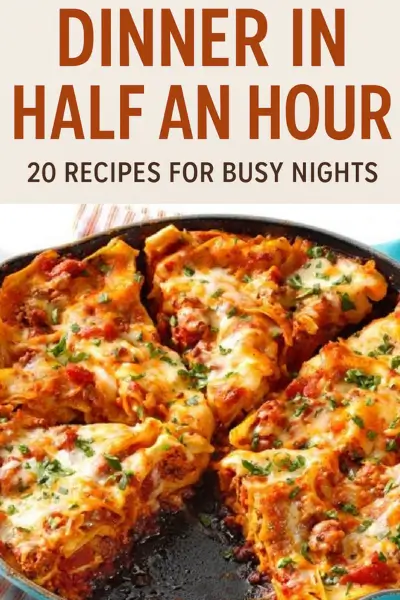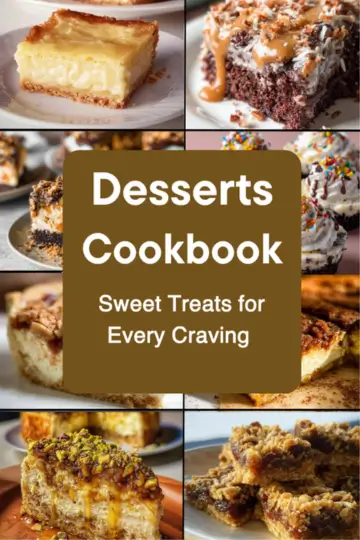Cottage cheese cheesecake is a delightful dessert that combines the creaminess of cheesecake with the nutritious qualities of cottage cheese. This version puts a healthy spin on a traditional favorite by incorporating low-fat ingredients without compromising on taste. While many cheesecakes can be heavy and rich, this one is light, fluffy, and satisfies your sweet cravings without the guilt.
Why We Love This Cottage Cheese Cheesecake Recipe
Cottage cheese cheesecake stands out for several reasons. First, it is a healthier alternative to traditional cheesecakes, thanks to its lower calorie content and high protein levels from the cottage cheese. This makes it an excellent choice for those who want to indulge without overindulging.
Another reason to love this recipe is its versatility. With a base made from digestive biscuits and a smooth filling, you can easily customize it to suit your taste preferences. You can incorporate different toppings, fruit purees, or even chocolate for a twist. Plus, its easy preparation and relatively short baking time mean you can whip it up for any occasion, whether it’s a casual family dinner or a special celebration.
Finally, the flavor profile of this cheesecake is refreshing. With a hint of lemon zest and the natural sweetness from maple syrup, your taste buds will dance with joy. You can enjoy it plain or dress it up as you wish. The options are endless, making it a perfect dessert for any occasion.
Ingredients about Cottage Cheese Cheesecake
To prepare a delightful cottage cheese cheesecake, gather the following ingredients:
- 130g digestive biscuits
- 3 tbsp butter/dairy-free butter, melted
- 300g fat-free cottage cheese
- 125g fat-free Greek yogurt
- 1 medium egg
- 4 tbsp maple syrup
- 2 tbsp cornflour
- Zest of 1/2 lemon
- Pinch of salt
These ingredients work together to create a cheesecake that is not only delicious but also aligned with your health goals.
How to Make Cottage Cheese Cheesecake Directions
Making this cottage cheese cheesecake is a straightforward process, perfect for both beginners and experienced bakers. Begin by preheating your oven to 180C (or 160C for fan ovens) and set it to 350F. This ensures that the oven is at the ideal temperature for baking, allowing your cheesecake to cook evenly.
Next, take the digestive biscuits and blend them into fine crumbs using a food processor or a rolling pin. Once you have your crumbs, mix them with the melted butter until the mixture resembles wet sand. This will be used to form the crust of your cheesecake.
Press the crumb mixture into a 7-inch round loose-bottom cake tin, ensuring that it’s evenly distributed across the bottom. Bake this crust in the preheated oven for about 10 minutes. This initial baking will help to firm up the crust, giving it a nice texture.
While the crust is baking, it’s time to prepare the cheesecake filling. In a mixing bowl, combine the cheese, Greek yogurt, egg, maple syrup, cornflour, lemon zest, and a pinch of salt. Blend all these ingredients together until the mixture is smooth and creamy. It’s essential to blend thoroughly to eliminate any lumps and achieve a silky texture.
Once your crust has finished baking, remove it from the oven and allow it to cool slightly. Pour the cheesecake mixture over the baked crust, smoothing out the top with a spatula. Return the cake tin to the oven and bake for an additional 25-30 minutes. You’ll know it’s ready when the edges are set, but the center still has a slight jiggle—this is key to a luscious cheesecake.
After baking, take the cheesecake out of the oven and allow it to cool at room temperature. Once cool, place the cheesecake in the fridge for a couple of hours to chill. This chilling period is crucial as it helps the cheesecake firm up and develop its flavors before serving.
How to Serve Cottage Cheese Cheesecake
Serving your cottage cheese cheesecake can be as simple or as elaborate as you prefer. You can slice it into generous wedges and serve it plain, showcasing its delightful creaminess. Alternatively, you might want to dress it up a bit for a more special presentation.
If you’re in the mood for a little extra flavor, consider adding fresh fruit on top. Seasonal berries, such as strawberries, blueberries, or raspberries, add a vibrant touch and complement the flavors beautifully. You could also drizzle a bit of additional maple syrup over the slices for added sweetness or incorporate a dusting of cocoa powder if you enjoy a chocolate hint.
For gatherings or special occasions, you might want to serve the cheesecake alongside a dollop of whipped cream or a delicious fruit sauce. This adds not only flavor but also an appealing visual element that will impress your guests.
No matter how you choose to serve it, rest assured that this cottage cheese cheesecake is sure to be a hit!
Expert Tips: Cottage Cheese Cheesecake
To ensure your cottage cheese cheesecake turns out perfectly every time, here are some expert tips to keep in mind:
Blend Thoroughly: Ensure that the cottage cheese and Greek yogurt are blended until smooth. This helps eliminate lumps, resulting in a creamy texture.
Don’t Overbake: Keep an eye on your cheesecake while it’s baking. It’s important not to overcook it, or the texture will become dry. A slight jiggle in the center is what you want to see.
Cool Gradually: After baking, let the cheesecake cool gradually at room temperature. Rapid temperature changes can cause cracks in the surface.
Chill for Flavor: Allow adequate chilling time. Refrigerating the cheesecake for several hours or overnight improves its flavor and texture.
Experiment with Flavors: Feel free to experiment with different flavors or variations. A splash of vanilla extract can add warmth, while different zests can introduce new notes.
How to Store Cottage Cheese Cheesecake
Storing your cottage cheese cheesecake is simple if you follow these guidelines. First, if your cheesecake is not yet cut, you can cover it with plastic wrap or aluminum foil and keep it in the refrigerator. It will stay fresh for about 5 to 7 days, giving you plenty of time to enjoy your creation.
If you’ve already cut the cheesecake into slices, place the individual pieces in airtight containers or cover them tightly with plastic wrap. This helps to keep them moist and flavorful. You can also freeze the unbaked mixture if you’ve prepared the base but aren’t ready to bake it yet.
To freeze the cheesecake, wrap it in plastic wrap and then place it in a freezer bag or an airtight container. It can be stored in the freezer for up to three months. When you’re ready to enjoy it, simply thaw it in the refrigerator overnight.
Variation of Cottage Cheese Cheesecake
While the classic version of cottage cheese cheesecake is delicious on its own, there are plenty of variations you can try to infuse your creation with different flavors and textures. Here are a few ideas you might enjoy:
Fruit Swirl: Fold in your favorite fruit purees, such as strawberry or raspberry, to create a colorful swirl in the cheesecake mixture before baking.
Chocolate Delight: For a chocolate version, add cocoa powder to the filling mixture and top with chocolate shavings or a drizzle of melted chocolate before serving.
Nutty Twist: Incorporate crushed nuts, such as almonds or walnuts, into the base for added crunch and flavor.
Spiced Variation: Adding a pinch of cinnamon or nutmeg to the filling can provide a warm, comforting flavor twist, particularly nice during the colder months.
Seasonal Fruits: Top your cheesecake with seasonal fruits, like peaches in summer or roasted apples in autumn, to make it feel fresh and relevant throughout the year.
FAQ: Cottage Cheese Cheesecake
What makes cottage cheese cheesecake healthier than traditional cheesecake?
Cottage cheese cheesecake is generally lighter and lower in calories than traditional cheesecake due to the use of fat-free cottage cheese and yogurt. This results in a dessert that still feels indulgent yet fits better into a balanced diet.
Can I replace the cottage cheese with another type of cheese?
While cottage cheese is essential for this recipe’s texture and flavor, using a different type of cheese may alter the outcome significantly. If you prefer, you can experiment with ricotta cheese; however, the taste and texture will differ.
How can I ensure my cheesecake does not crack?
To help prevent cracking, avoid overmixing the filling and make sure not to overbake. Letting the cheesecake cool gradually at room temperature before refrigerating also helps maintain its integrity.
Can I make this cheesecake ahead of time?
Absolutely! In fact, this cheesecake benefits from being made a day in advance as it allows the flavors to meld beautifully. Just remember to cover it well in the fridge to keep it fresh.

Cottage Cheese Cheesecake
Equipment
- Springform pan
- Mixing Bowls:
- Food Processor
Ingredients
- 130 g digestive biscuits
- 3 Tbsp butter melted or dairy-free butter
- 300 g fat-free cottage cheese
- 125 g fat-free Greek yogurt
- 1 medium egg
- 4 Tbsp maple syrup
- 2 Tbsp cornflour
Instructions
- Preheat your oven to 180°C (350°F).
- Crush the digestive biscuits in a food processor until finely ground, then mix with melted butter.
- Press the mixture into a 7-inch round loose-bottom cake tin to form the crust. Bake for 10 minutes and allow to cool.
- In a mixing bowl, blend cottage cheese, Greek yogurt, egg, maple syrup, cornflour, lemon zest, and a pinch of salt until smooth.
- Pour the cheesecake mixture over the cooled crust and smooth the top.
- Bake for 30 minutes until set but still slightly jiggly in the center. Allow to cool at room temperature.
- Chill in the refrigerator for at least 2 hours before serving.
Send me this recipe!
Just enter your email below and get it sent straight to your inbox!



